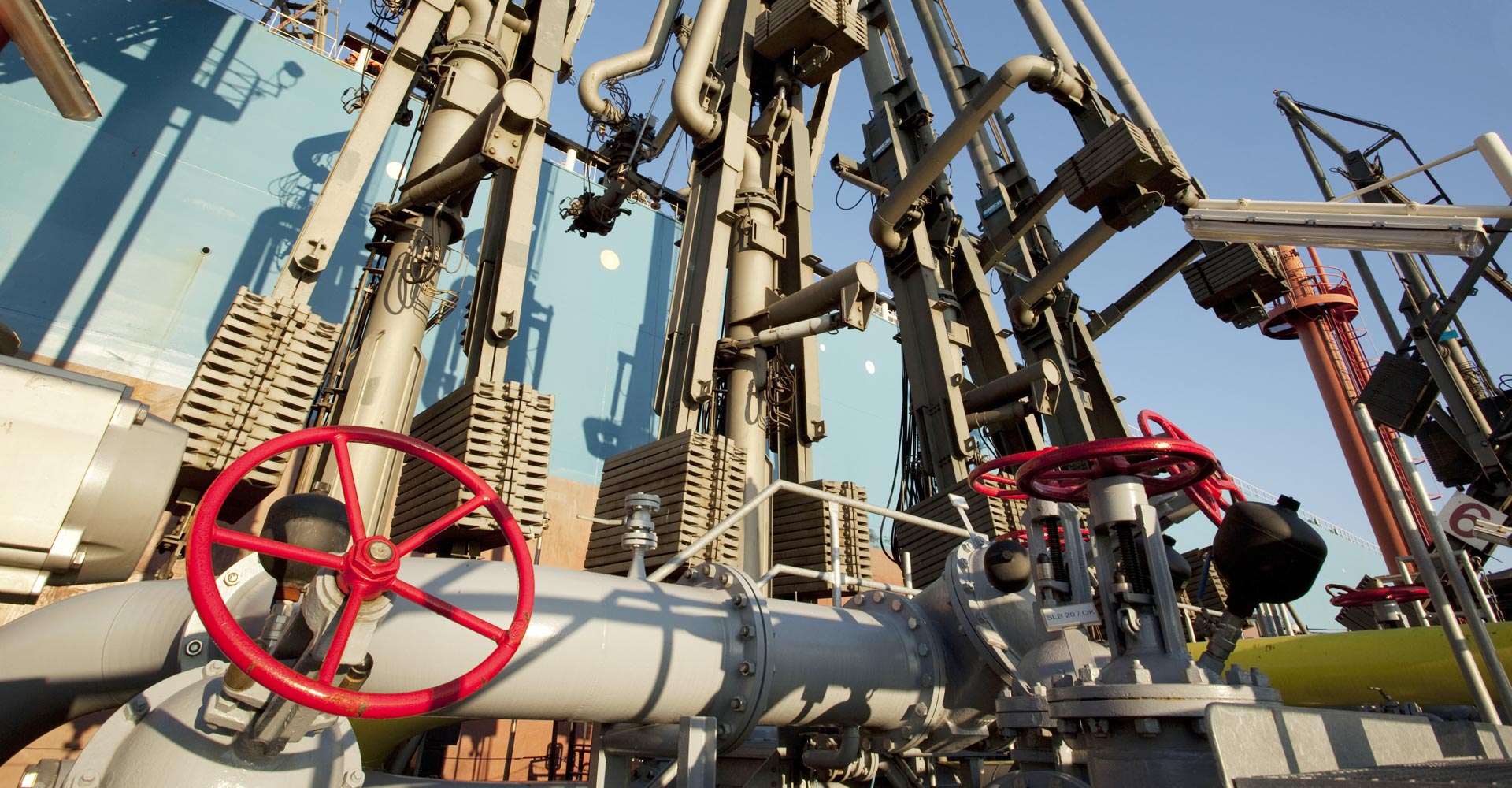API 650 - Design Code for Aboveground Atmospheric Storage Tanks
Since the discovery of oil by drilling in Titusville, Pennsylvania in 1859, tank storage systems have undergone a considerable evolution. In the early days, wooden barrels served as storage vessels. The burgeoning use of petroleum triggered a search for a more reliable, long-term and larger-capacity solution. During the last two decades of the 1800s, the wooden barrels were replaced by riveted tanks, which became the standard for petroleum and liquid chemical storage. Most tanks were small by today’s standards, with a volume of not quite 1,100 gallons (4,164 liters).
During the 1920s and 1930s, higher-quality tanks were constructed by replacing the riveting process with arc welding using galvanized steel. Only when new products emerged was the basic cylindrical design that remained unchanged for decades modified. The Midwest 56 Standard, a method whose design specified the size and location of an opening along the top of an underground tank, became a widely recognized method. Between 1960 and 1970, new materials began to surface, culminating in a non-metallic tank design. With the focus on making tanks corrosionresistant, other protective designs emerged, such as the use of plastic wraps (“baggies”), thick fiberglass-reinforced coatings, and internal linings.
Beginning in the early 1970s, strong concerns about the environment led to technological advancements regarding the safe underground storage of hazardous liquids. As a result, the demand for secondary containment (dualwalled steel tanks) increased. The 1990s saw a new trend towards easy visual detection of product releases, triggering an increase in aboveground storage tanks.
Over the years, changes in physical and chemical properties and products led to new storage solutions. Environmental and safety requirements became decisive factors in the selection and design of storage tanks. Today, storage tanks are available in all kinds of sizes, shapes and materials: from vertical or horizontal tanks to spherical cylinders made from various grades of steel, reinforced concrete, or plastics. The most common shape used for products stored under ambient conditions is the vertical cylindrical storage tank built according to the American Petroleum Institute (API) 650 Standard. Tank storage capacities can range widely, from 20 cbm to over 180,000 cbm with corresponding variations in tank diameter – from approximately one meter to more than 100 meters – and height, from two meters to 45 meters and higher.
Further information about tanks can also be found in the glossary article Tank Storage & Tank Terminals.
Oiltanking and its tank terminals provide comprehensive logistics solutions for the storage and handling of petroleum products, chemicals, gases and other products.
In addition to tank storage, Oiltanking also offers EPC services through its Indian subsidiary Indian Oiltanking.
Status: April 2017
All information subject to change. Errors and omissions excepted.

